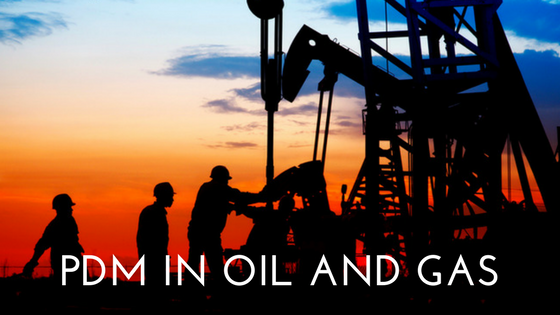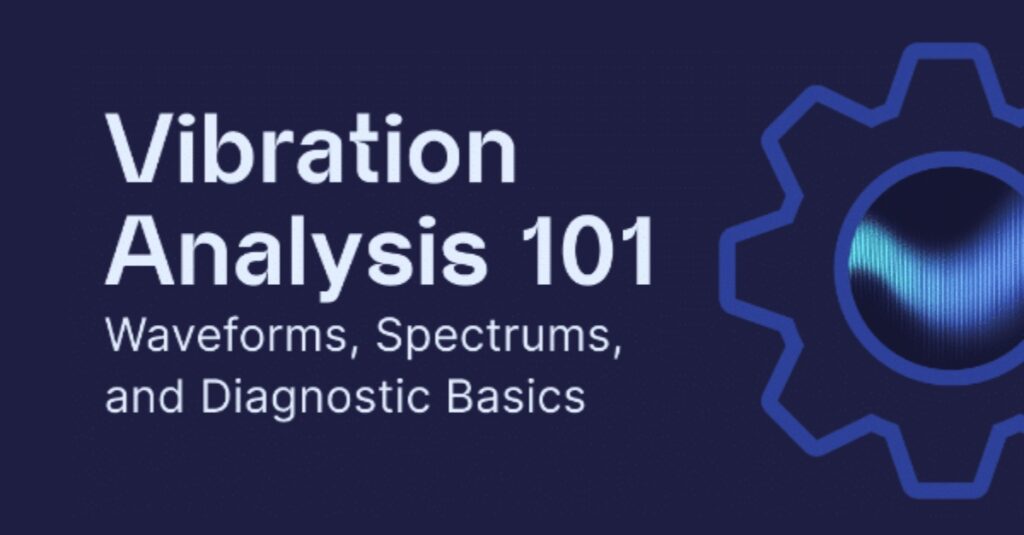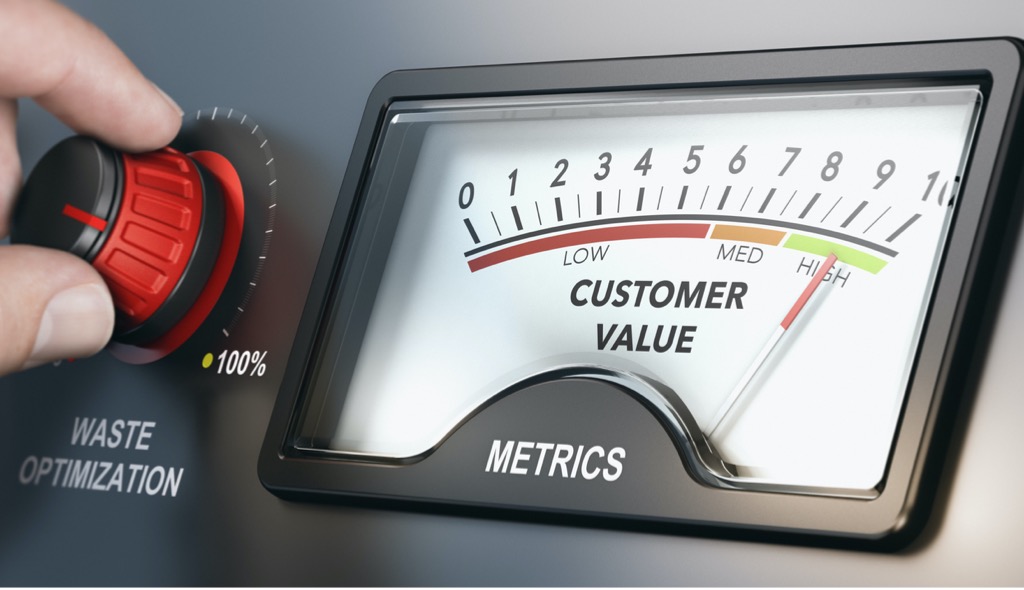
Remember your first time buying a car? What about the moment you understood that it costs money to maintain it? It may have been a shock when you realized just how much money a car can cost to get the oil changed and the tires rotated, much less fix anything that needs repair.
The significant lifetime cost of equipment maintenance after initial purchase can be similarly shocking in the oil and gas world. Whether it be upstream, midstream or downstream, there are standard practices and routine maintenance procedures that must be conducted. Scheduled shutdowns, for example, mean that production is paused so that maintenance teams can inspect machines based on manufacturer-recommended schedules (even if the machines are in perfect working condition). If something happens in the period of time between those planned inspections, we firefight.
Counting the Costs
Preventive maintenance isn’t cheap. Typically we use the bathtub curve to help us make preventive decisions. We understand that once we install a component, there is a small range of time in which it might fail, then the odds lessen for an extended time before sharply increasing again in its old age. The real issue, however, is that the conditions that affect lifespan aren’t the same at every plant, leading to machines needing repair or replacement at different points in time. Recommended maintenance schedules found in equipment manuals are based on failure statistics and do not take into consideration that in the real world equipment doesn’t always fail at an average rate.
Consider also production and downtime in downstream operations. The refining of crude oil is a market-driven process, and high demand increases the urgency of production. Avoiding failures that impact production is time-sensitive when it comes to matching supply with demand, and yet there were 2,200 unscheduled shutdowns in the United States alone between 2009 and 2013, costing roughly $20 billion per year.
What Can Be Done?
Far more efficient than reactive or preventive methods is predictive maintenance (PdM). Facilities often possess the devices used for PdM practices, but these devices are typically limited in their ability to process and share data. Ineffective implementation of disjointed PdM technologies can cause issues at the plant level. An analysis of these issues found that offshore rigs in the North Sea were running at only 82 percent efficiency rather than 95 percent. That gap represents billions lost in production and maintenance dollars.
There are products out there that monitor equipment remotely based on part specifications and manually-entered threshold variables. The alerts and warnings that come from these devices are only as good as their preset parameters. Properly setting these parameters requires someone trained to collect, analyze, and input the proper data. If monitoring parameters aren’t configured properly, are accidentally entered incorrectly, or are simply ignored in a sea of data, then the monitoring device isn’t aiding production as it should be and the maintenance team devolves back into reactive maintenance.
Additionally, many of these products focus on operational data in order to make decisions about maintenance procedures. These products can produce useful insights, but they depend on historical data analysis (from a kludge of separate systems). Their warnings are somewhat of a lagging indicator of a problem after it starts to become noticeable, instead of a leading indicator based on actual equipment condition.
What Else Is Available?
Emerging technologies in the PdM landscape are changing the way people think about proactive maintenance. Where some products require highly-trained technicians to analyze, interpret, input or parse machine data, newer technologies automate this process. With the advent of plain-language recommendations based on ground-truth machine data, anyone on the team is able to carry out vibration analysis, determine what’s wrong, how severe it is and what to do next. Real-time analytics engines help maintenance teams avoid downtime or sub-optimal productivity.
The use of PdM has the potential to save the Oil and Gas industry billions of dollars each year. As revenue in the industry can vary widely due to low and changing oil and gas prices, being able to plan for your maintenance budget is of utmost importance. Moreover, as demands of efficiency and safety rise, the prevalence of accidents and costs fall, leading to benefits for the business, the customer, and the environment—a win-win all around.





